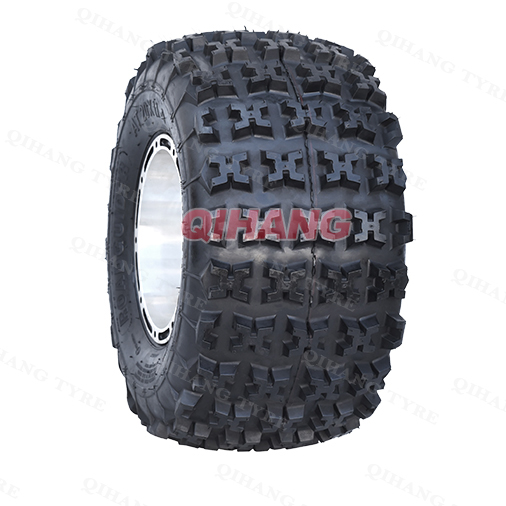The safety performance of industrial tires is reflected in several key dimensions, directly impacting equipment reliability and personnel safety. The following analysis focuses on structural characteristics, performance, and technical support:
I. Structural Characteristics Ensure Basic Safety
1. Carcass Strength Design
Industrial tires utilize multiple plies and a high-strength carcass frame. For example, an all-steel frame design can withstand loads of hundreds of tons, preventing structural tears caused by overload. Sidewall and shoulder reinforcements effectively resist impact tearing, adapting to the impact loads of complex operating conditions.
2. Explosion-Proof and Puncture-Resistant Technology
Through a special rubber formulation and carcass structural design, industrial tires offer high cut and puncture resistance. For example, solid industrial tires utilize a tubeless construction to minimize the risk of flats. Some explosion-proof tires maintain their driving profile even after a puncture, ensuring stable operation until the vehicle reaches a repair point.
II. Performance Improves Safety
1. Grip and Handling Stability
Tread pattern design directly impacts grip performance:
Deep groove pattern: Enhances mud and water drainage, suitable for wet and slippery roads;
Block pattern: Improves traction on gravel and sandy roads;
Specialized tread compound: Utilizes highly wear-resistant rubber materials to maintain grip while reducing wear.
For example, the deep groove design of mining tires effectively handles gravel roads, ensuring vehicle handling stability in complex terrain.
2. Heat Dissipation and Heat Resistance
Industrial tires utilize a low-heat-generating rubber compound and multi-layered cord construction to minimize inflation deformation and heat buildup. The heat dissipation design of the shoulder pattern reduces tire temperature, preventing the risk of blowouts due to overheating. For example, tires used in port operations are subject to frequent starts and stops, and heat dissipation directly impacts tire life and safety.
III. Technical Support Enhances Safety Assurance
1. Manufacturing Process and Quality Control
High-precision molds: Ensure tire dimensional accuracy and structural consistency;
Automated production lines: Reduce human error and improve product qualification rates;
Strict testing: Comprehensively test tire load capacity, wear resistance, grip, and other indicators to ensure compliance with safety standards.
2. Intelligent Monitoring System
Some industrial tires are equipped with a tire pressure monitoring system (TPMS), which monitors tire pressure and temperature in real time and provides early warning of abnormal conditions. For example, in mining operations, the TPMS system can promptly detect abnormal tire pressure and avoid the risk of blowouts caused by insufficient tire pressure.
IV. Application Scenarios Adapting to Safety Requirements
1. Construction and Mining Scenarios
High-load adaptability: Tires must withstand the high-frequency impact of heavy equipment, making tire carcass strength and puncture resistance particularly important.
Harsh environment protection: Anti-corrosion rubber formulations and self-cleaning tread patterns reduce the risk of chemical corrosion and foreign matter embedment.
2. Port and Logistics Scenarios
Heavy-Load and High-Speed Stability: Tires must meet the demands of frequent starts and stops and heavy loads. Grip and heat dissipation are directly related to operational safety.
Durability Requirements: Wear-resistant rubber and optimized tread structure reduce replacement frequency and mitigate the risk of downtime due to tire failure.


